.jpeg)
The story of modern India is often told as an economic miracle—a nation on a rapid ascent toward becoming a global superpower. But beneath the glittering headlines of stock market highs and technological breakthroughs, a sobering reality persists. A stark comparison of soaring billionaire wealth and the nation’s slipping Global Hunger Index (GHI) ranking forces an uncomfortable question: Is this boom benefiting everyone, or is it fueling an unprecedented concentration of wealth while leaving the most vulnerable behind?
The Exponential Rise of the Titans
The last decade has witnessed a phenomenal and almost unbelievable surge in wealth for India's two most prominent business magnates, Mukesh Ambani and Gautam Adani, effectively redefining what it means to be rich in India.
In 2014, Mukesh Ambani’s net worth was reported at approximately $18.6 billion (Rs. 1.50 lac crore). By 2024, this figure had exploded to an estimated $119.5 billion (Rs. 9.50 lac crore). This translates to a staggering increase of over 540% in just ten years, transforming an already colossal fortune into one of the largest in the world.
A similar, if not more dramatic, trajectory is seen in the wealth of Gautam Adani. Starting from roughly $7.1 billion (Rs. 57,000 crore) in 2014, his net worth has skyrocketed to an estimated $116 billion (Rs. 9.30 lac crore) by 2024. It represents a near 16-fold increase, or over 1,500%, fueled by rapid diversification across infrastructure, energy, and ports.
These figures are more than just abstract numbers; they are a direct measure of India's capitalistic success and its ability to generate vast personal fortunes at a scale rarely seen in history. They represent the pinnacle of economic opportunity within the nation.
The Alarming Shadow of Hunger
Contrast this spectacular wealth creation with the nation's performance on the Global Hunger Index (GHI), which captures the multi-dimensional nature of hunger using indicators like under-nourishment, child stunting, and child wasting.
While the specific methodology and number of countries assessed by the GHI change annually, making direct rank-to-rank comparison tricky, the trend is unmistakably negative. India’s GHI rank was placed at 55 in 2014. By the most recent GHI reports (2023), India was ranked 111th out of 125 countries, with the nation's overall hunger severity categorized as "serious."
The GHI results paint a grim picture for a massive segment of the population. The prevalence of child wasting (low weight for height, a sign of acute malnutrition) has been particularly concerning, with India often reporting one of the highest rates globally. The high child wasting rate, combined with persistent under-nourishment, demonstrates that for millions of people, particularly the poor, the basic needs of adequate nutrition remain unmet. The image of the impoverished children shown in the source material, starkly juxtaposed against the portraits of the world's richest men, is a potent and painful symbol of this inequality.
The Chasm of Inequality
The dual reality of soaring billionaire wealth and sinking national hunger index rankings points directly to a rapidly widening chasm of economic inequality. While liberalized economic policies have undeniably fueled overall GDP growth, a critical debate centers on whether this growth has been inclusive.
The massive profits reaped by conglomerates like Reliance and Adani flow largely from large-scale, capital-intensive industries such as telecom, energy, and infrastructure—that benefit immensely from policy decisions and the overall trajectory of the nation's development. This concentration of capital at the top, however, appears to be occurring concurrently with a failure to protect the most vulnerable.
Simply put, the economic engine of India is functioning with remarkable efficiency for those at the top, yet it is demonstrably failing to uplift those at the bottom. Resources that could fund robust social safety nets, improve public health and education infrastructure, and invest in sustainable anti-malnutrition programs are not translating into a better quality of life for the masses.
The challenge for the Indian state and its policymakers is to urgently reconcile these two contrasting narratives. An economic growth story cannot be truly successful, or morally defensible, if its biggest headline is the immense wealth of a few, while its hidden subtext is the increasing severity of hunger for its most vulnerable citizens. Until the upward trajectory of wealth creation is matched by a corresponding, dramatic improvement in human development indicators, the "Shining India" narrative will remain profoundly incomplete.


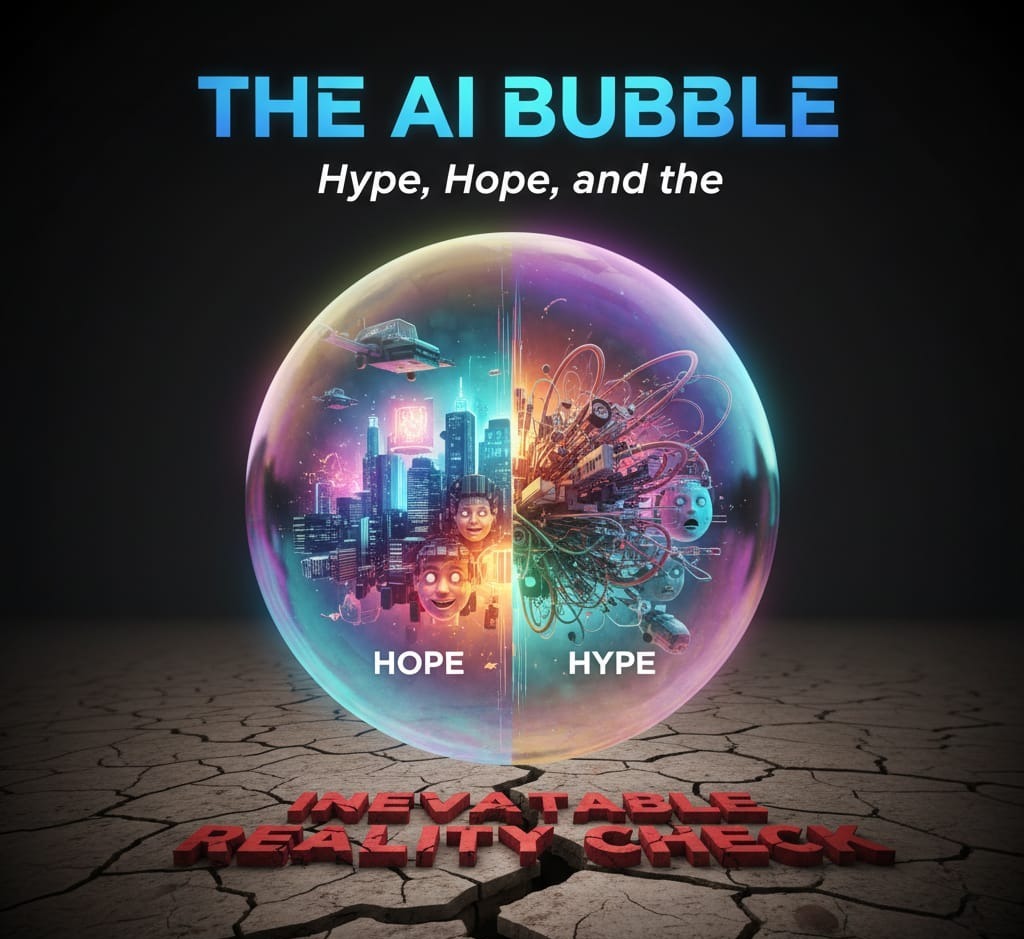

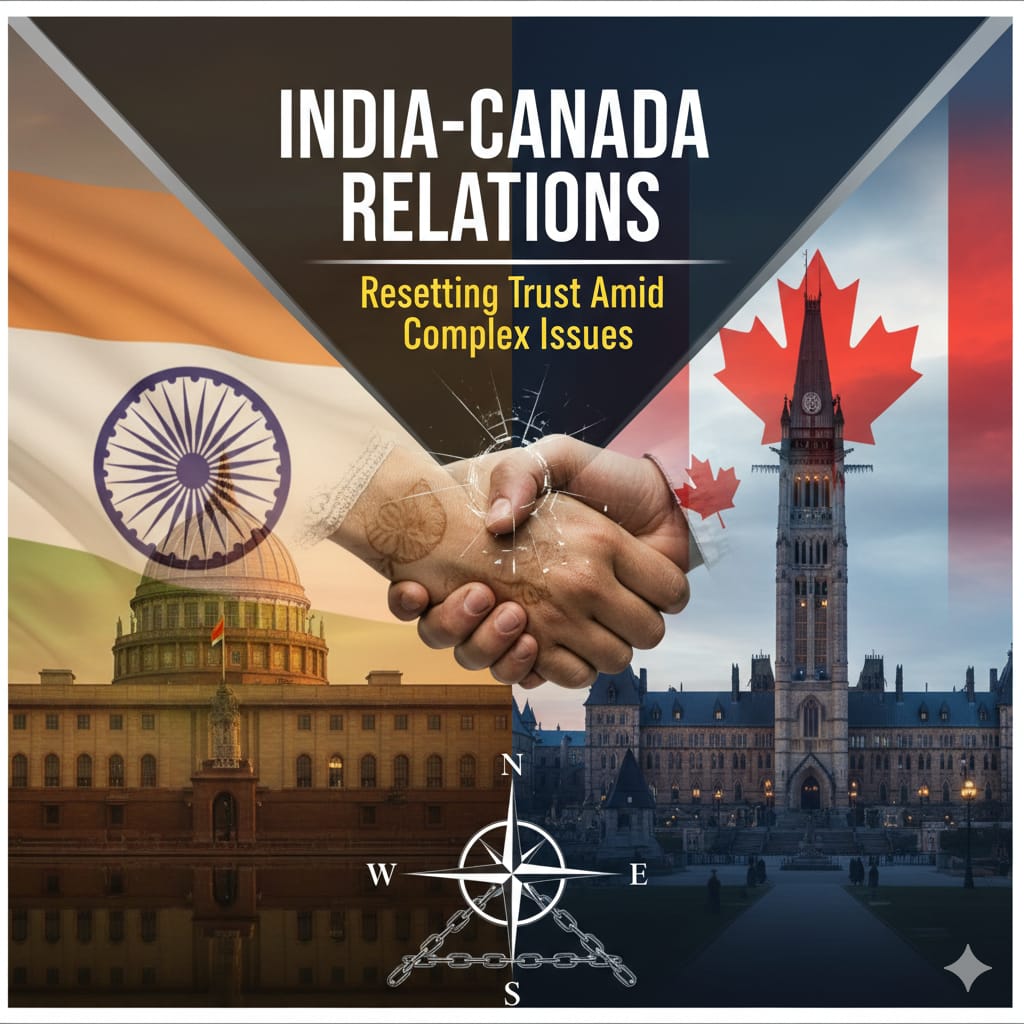
.jpeg)



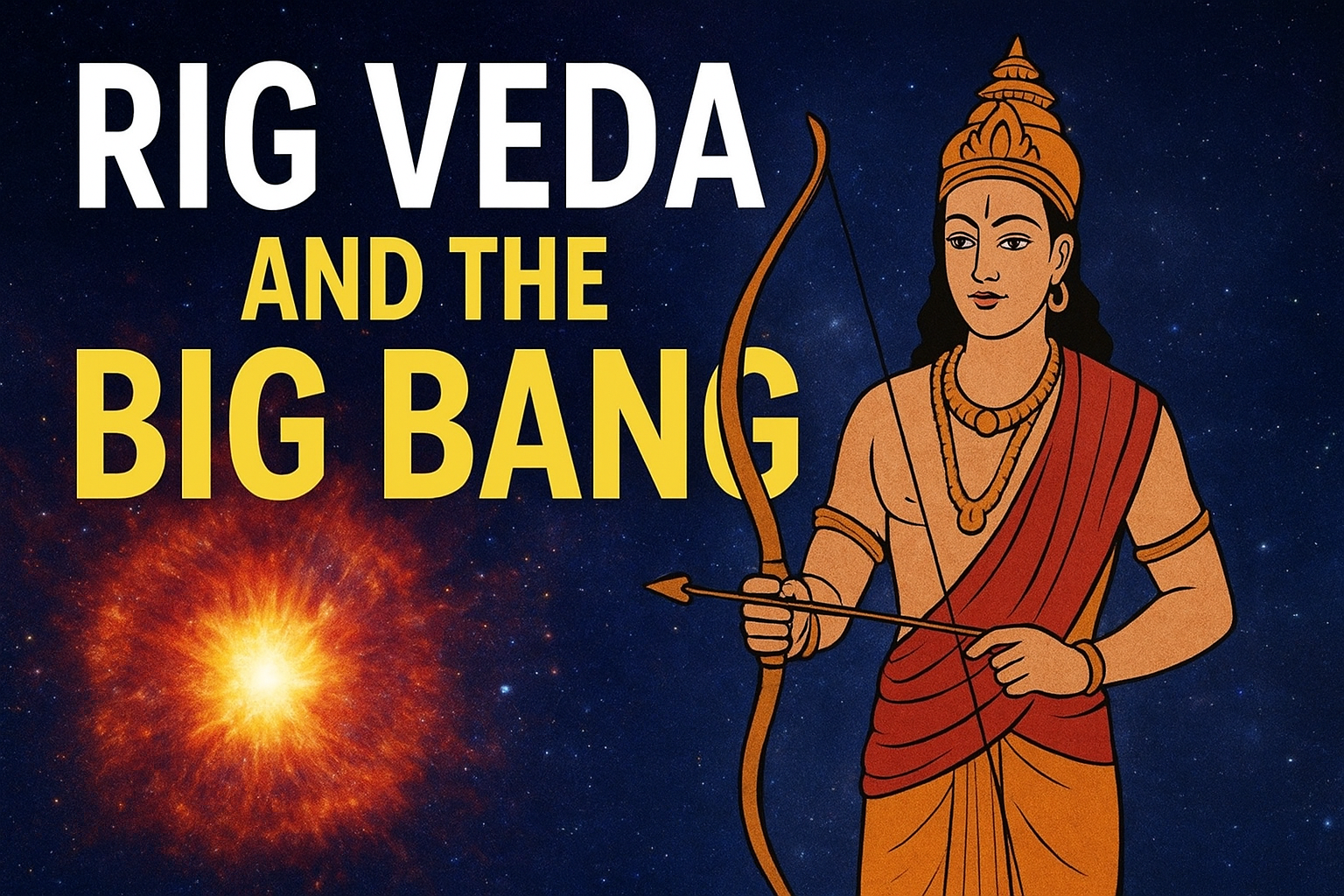
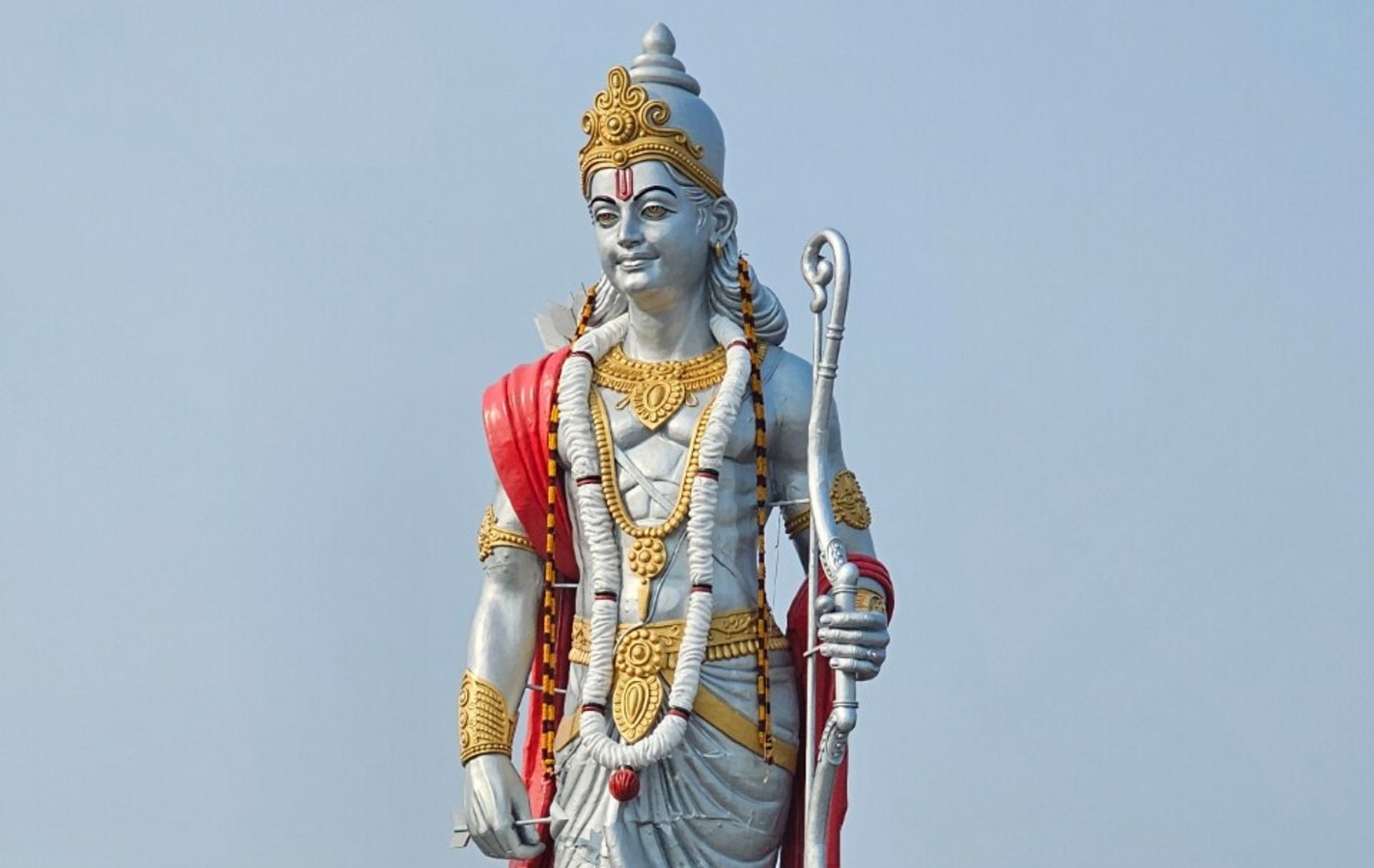
.jpeg)
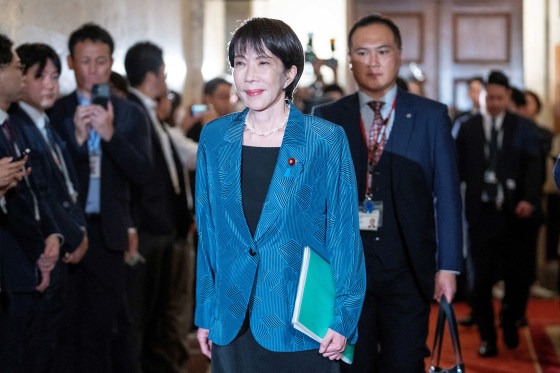

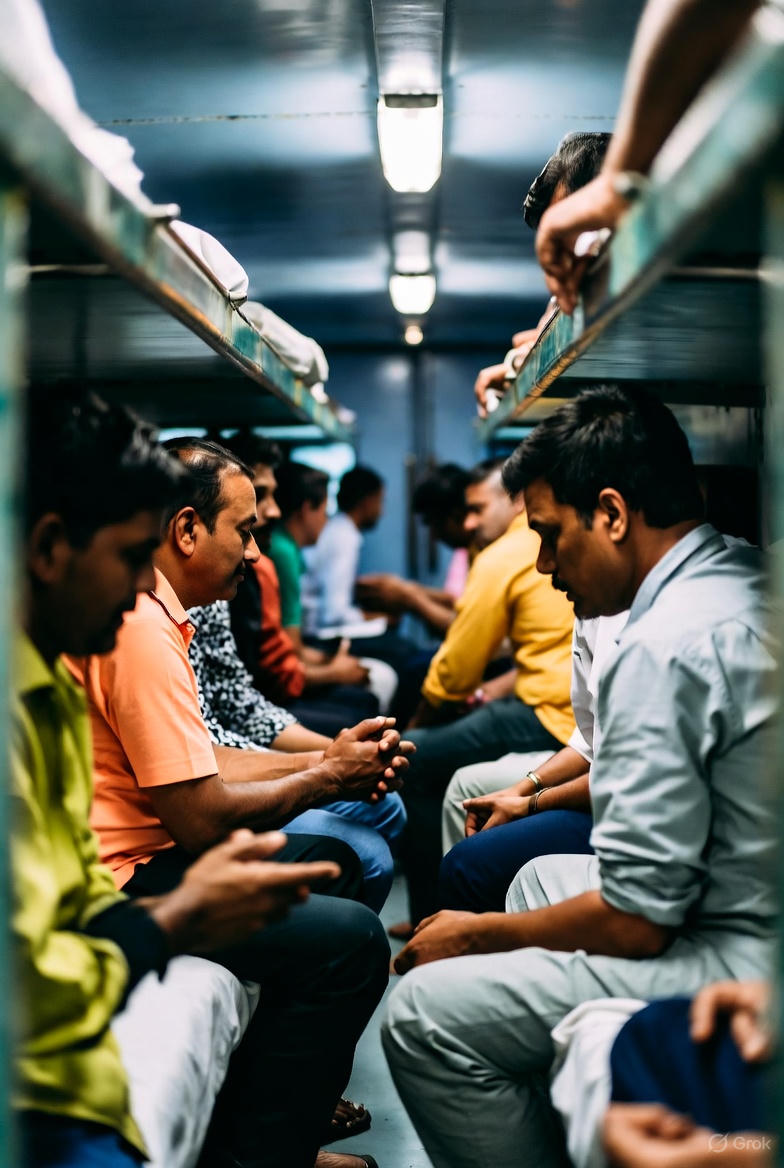
.jpeg)

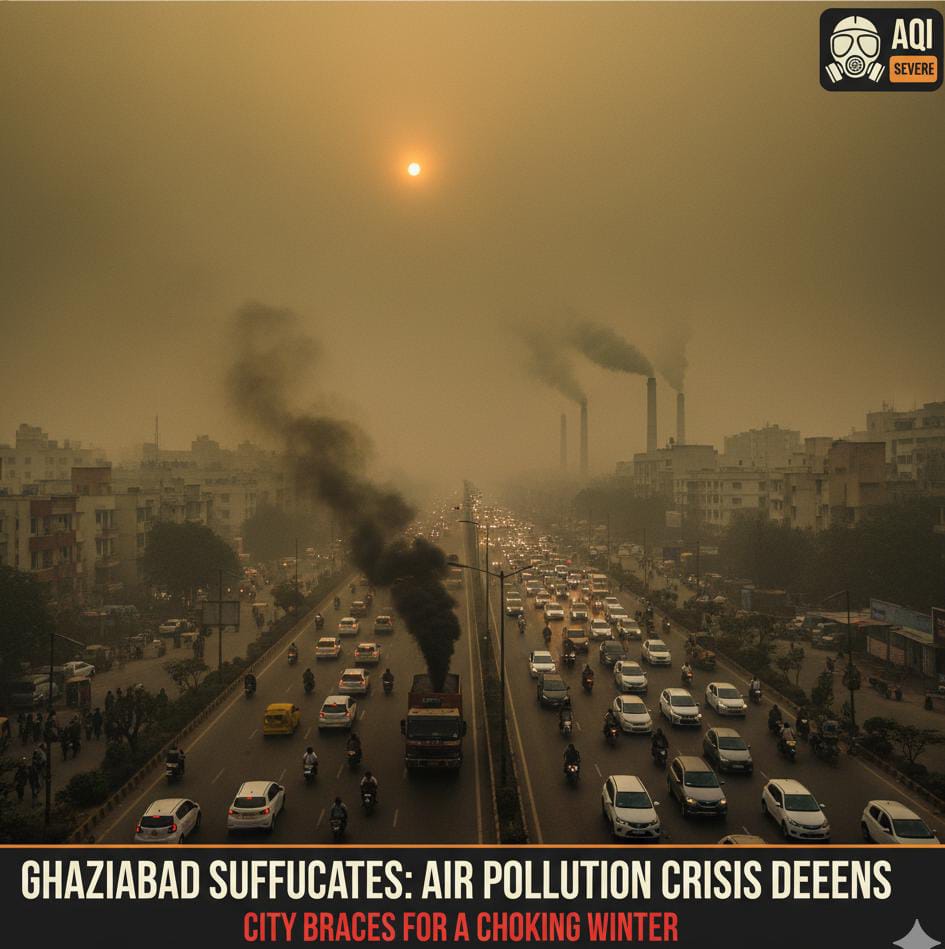

.jpeg)
.jpeg)